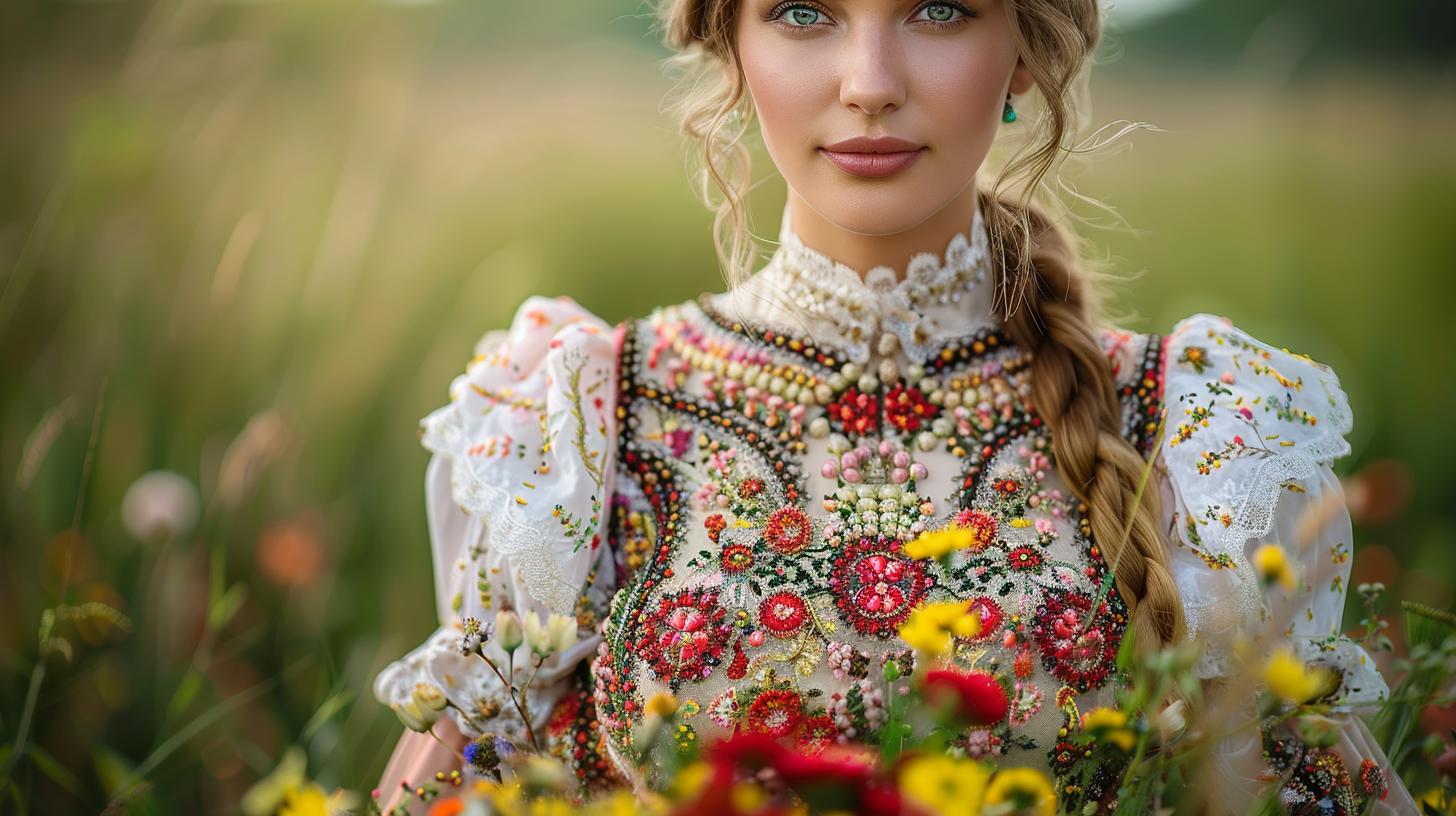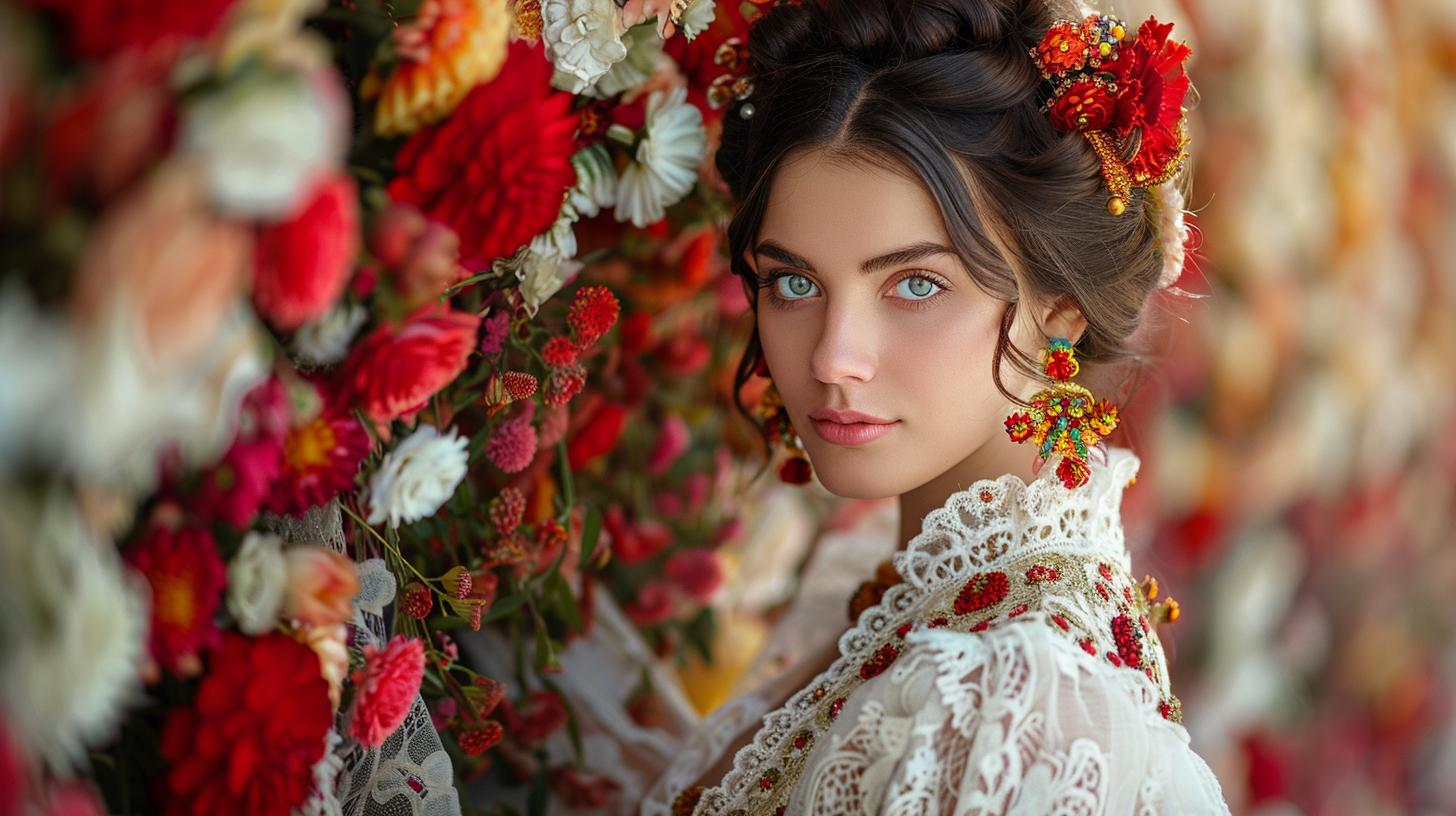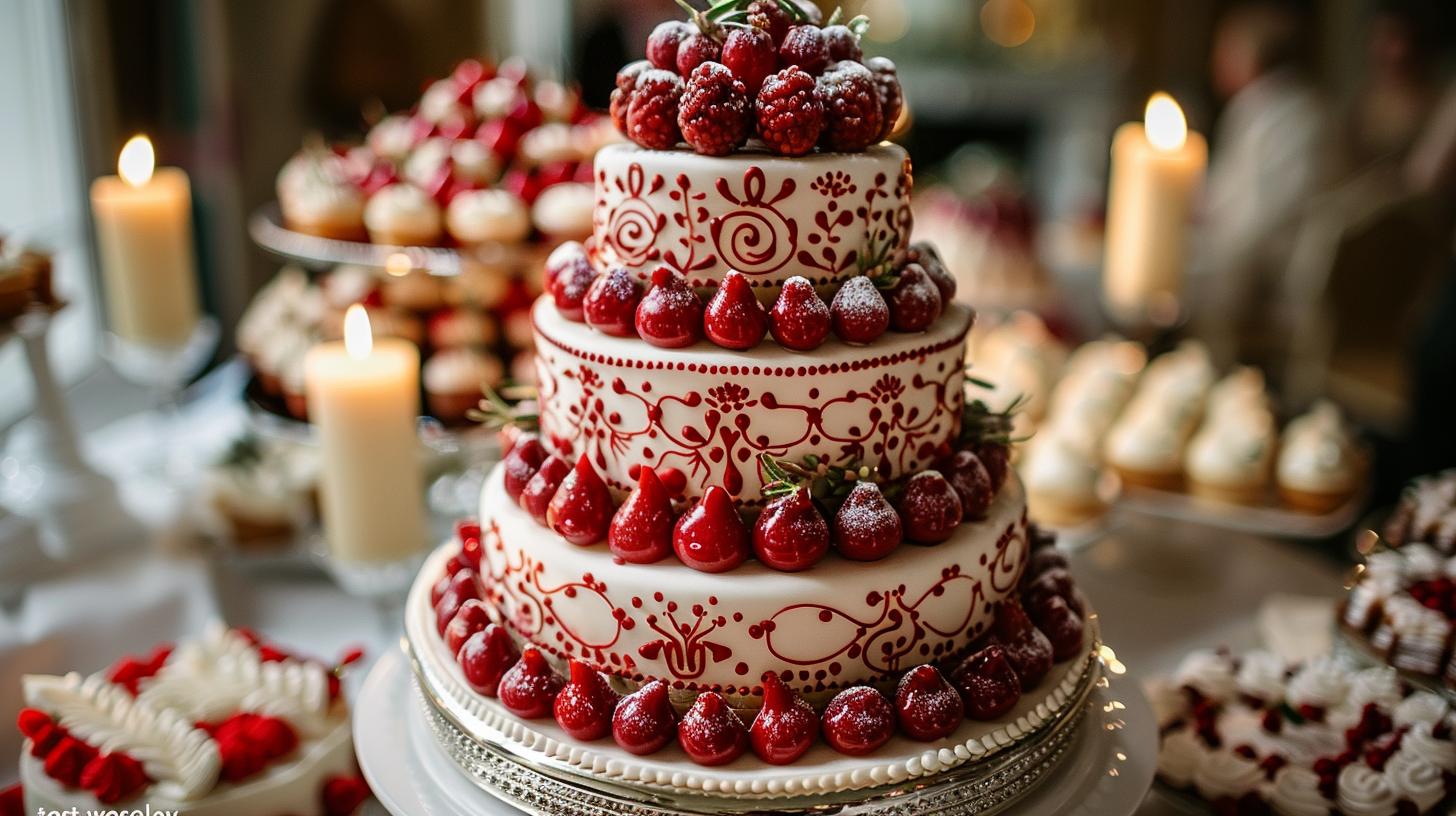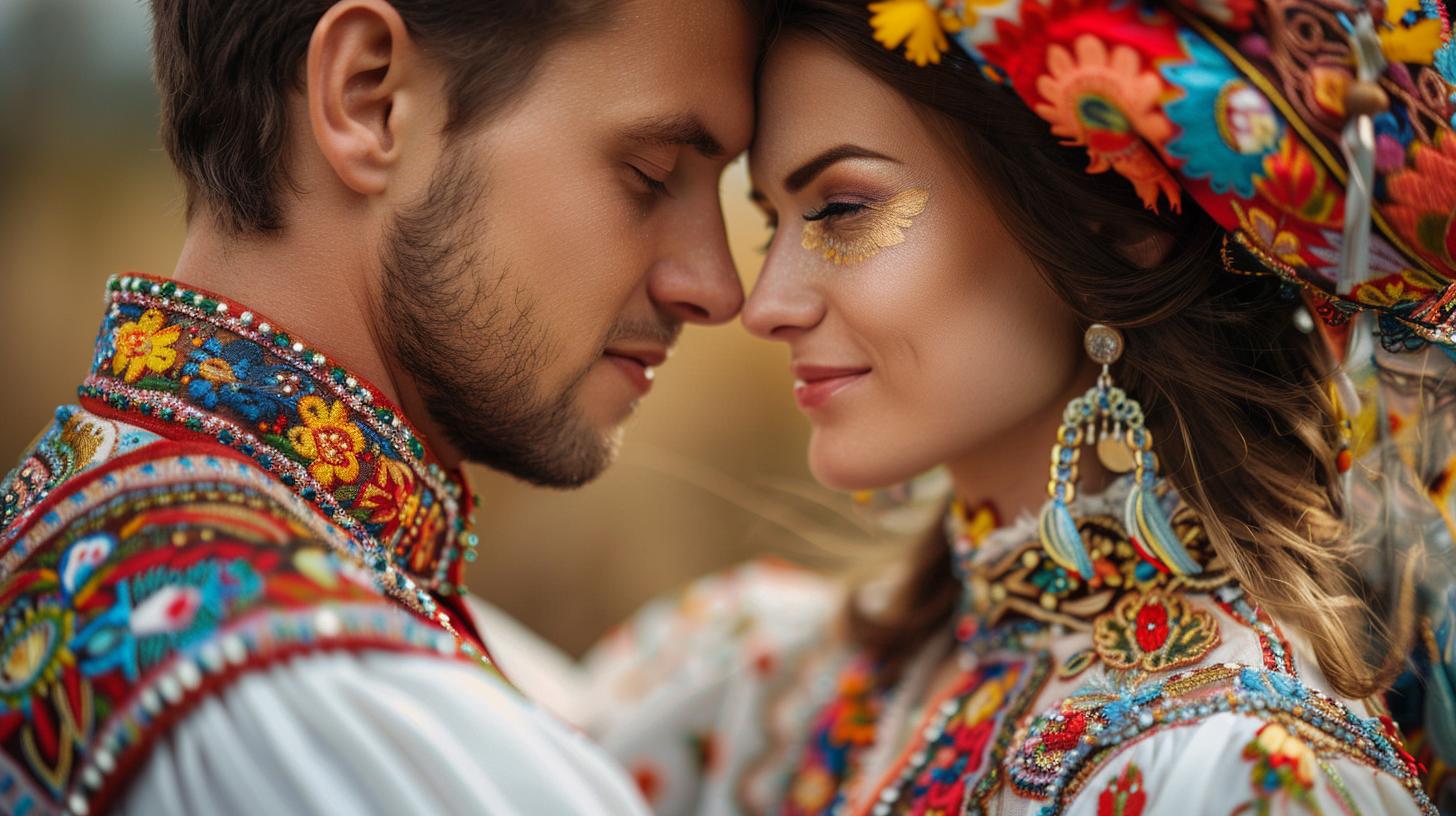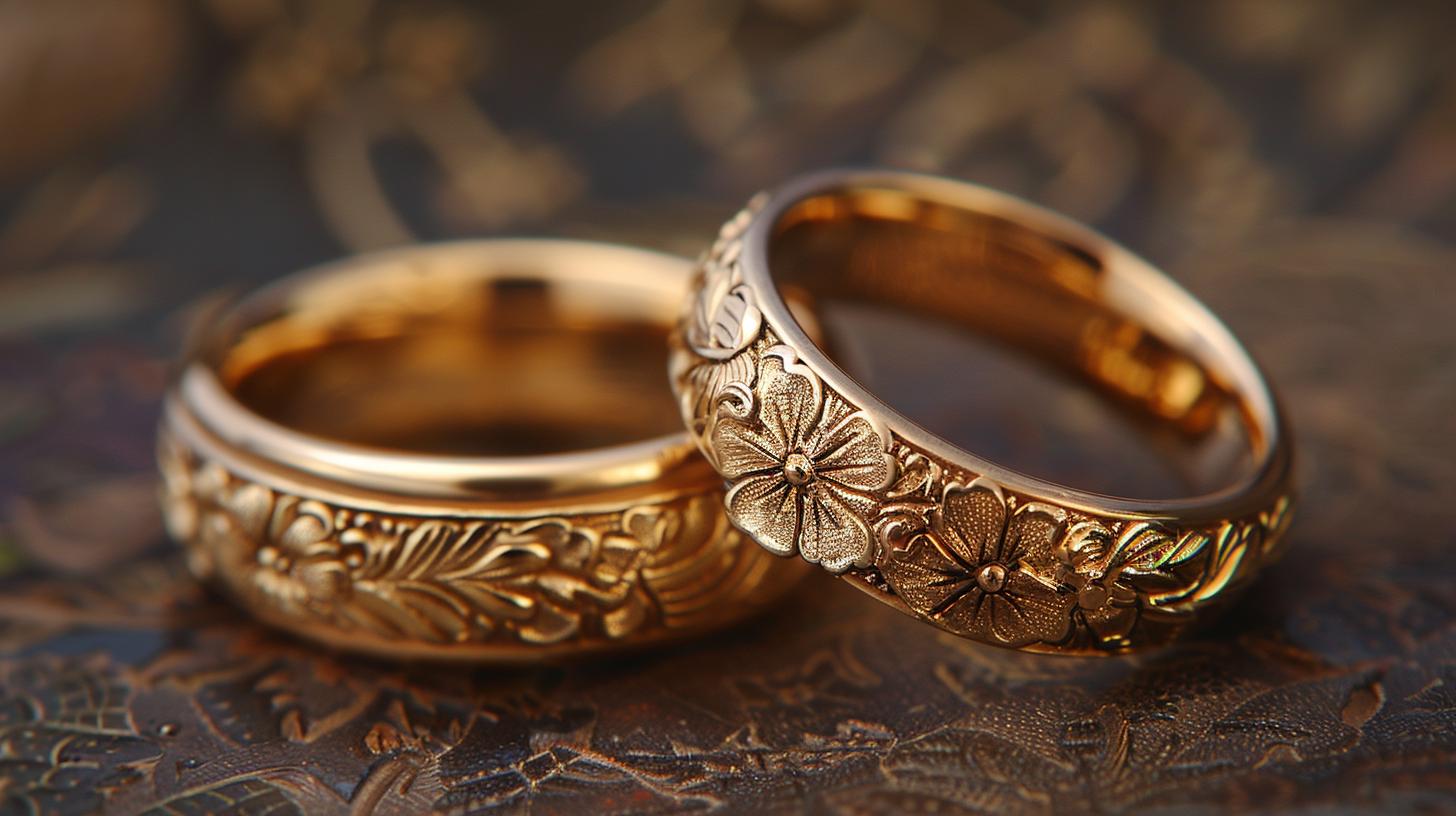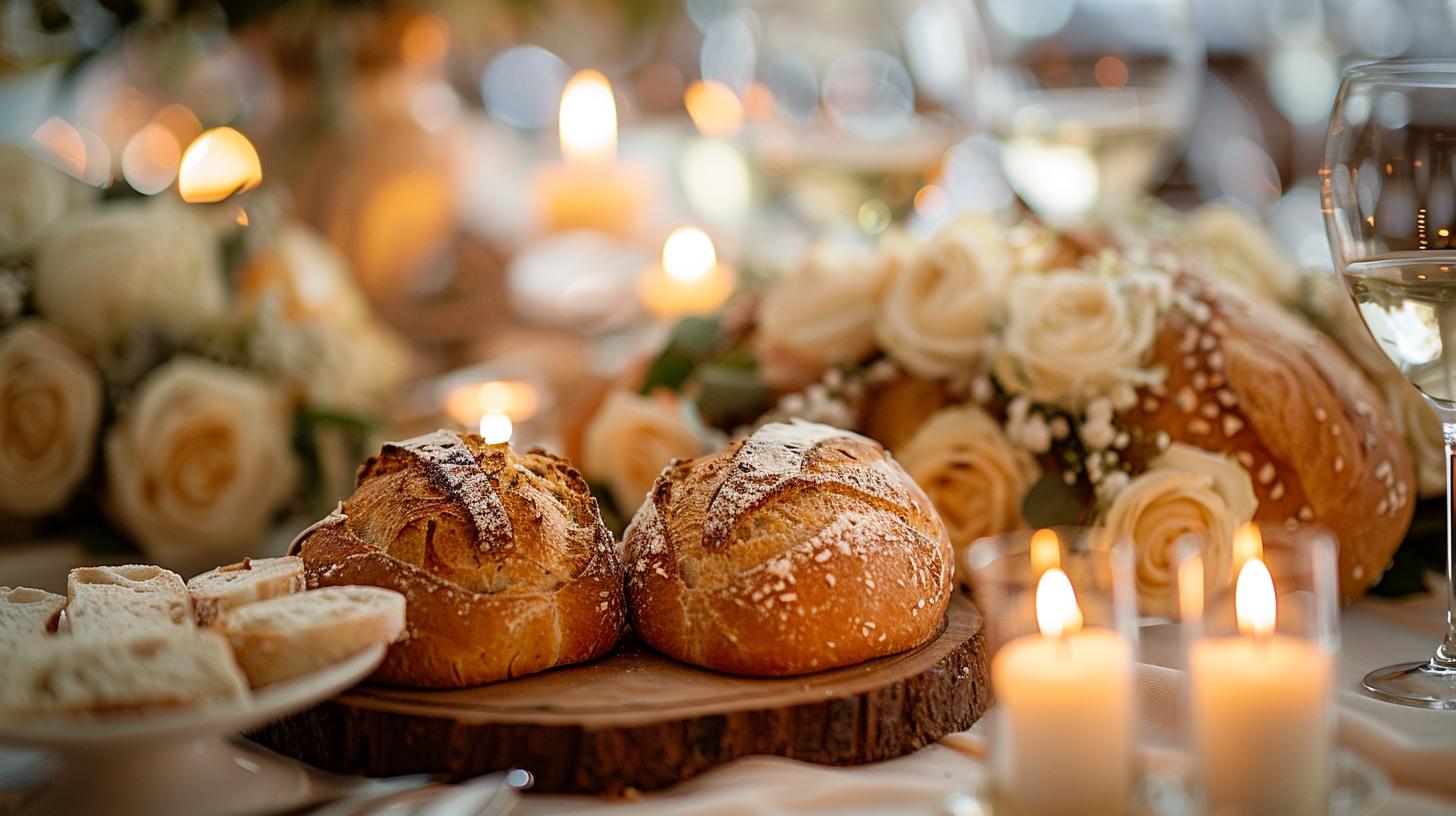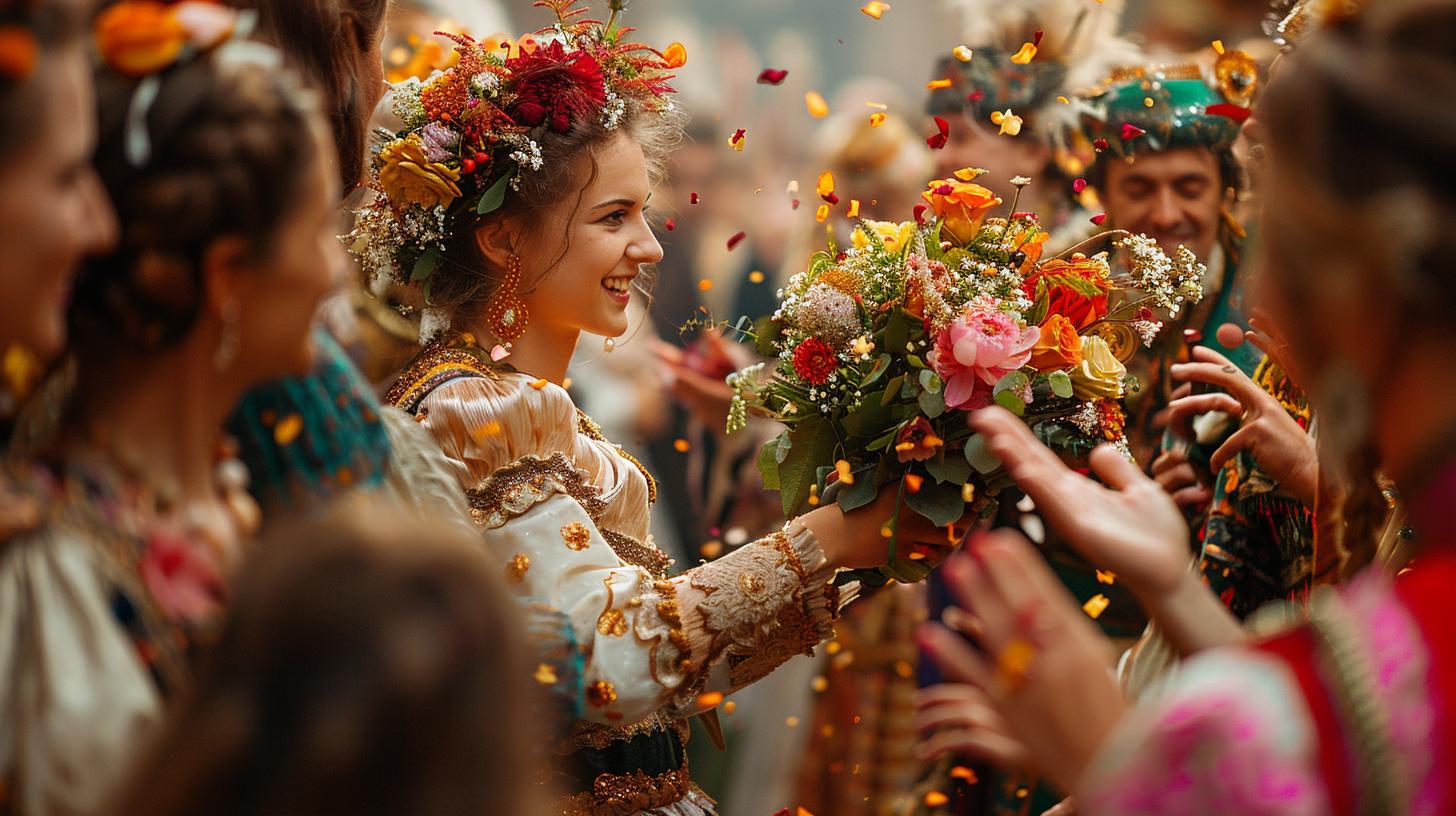Traditional Polish Wedding Dress: A Look at the Evolution of Bridal Fashion in Poland
The evolution of Traditional Polish Wedding Dress showcases a rich history of bridal fashion in Poland. From pre-19th century simplicity to modern color trends, the attire reflects cultural symbolism and the impact of WWII.
Today, brides often choose a traditional Polish wedding dress that beautifully combines heritage with contemporary aesthetics, while also considering the Polish wedding dress code that varies by region. This blend of tradition and modernity is a hallmark of Polish weddings, where the couple embraces their roots while celebrating their love in a unique way.
Traditional Polish Wedding Dress Evolution
The evolution of Traditional Polish Wedding Dress reflects a rich history of bridal fashion in Poland, showcasing a transition from simple designs to elaborate ensembles. Today, brides may select from a variety of Polish wedding dresses that cater to individual tastes while paying homage to traditional Polish wedding clothes.
Each dress tells a story, often incorporating elements that symbolize love, family, and commitment.
Historical Polish Wedding Attire
- Pre-19th Century Polish Bridal Fashion
Before the 19th century, Polish brides adorned themselves in modest attire, often in solid colors, reflecting the societal norms of that time. These early Polish traditional wedding dresses were often complemented by unique accessories that highlighted local customs.
The father of the bride played a significant role in this tradition, ensuring that the wedding day was filled with cultural significance. The essence of the wedding traditions was deeply rooted in family values, emphasizing the importance of community and the support of loved ones.
Modern Trends in Polish Bridal Wear
- Contemporary Color Choices for Polish Brides
Modern Polish brides have expanded their color palette beyond white, embracing hues like sand, champagne, and pale gold to express personal style and individuality on their special day.
With the rise of platforms like Pinterest Polish, brides can explore an array of wedding dresses that inspire their unique visions. They often incorporate elements of traditional wedding attire into their selections, creating a harmonious blend of old and new.
The incorporation of vibrant colors and unique fabrics adds a personal touch to the overall aesthetic of the wedding.
- Influence of WWII on Polish Wedding Fashion
The impact of World War II on Polish wedding fashion resulted in a shift towards practicality and resilience, influencing the design and materials used in bridal attire.
This historical context has led to a fascinating blend of traditional and contemporary elements in modern wedding dress Poland. The traditional wedding customs, including the practice of sharing bread and salt, symbolize the couple’s commitment to each other and their families, highlighting the significance of unity and support from loved ones.
Cultural Significance of Traditional Polish Wedding Dress
- Symbolism in Folkloric Wedding Attire
Folkloric wedding attire in Poland is rich with symbolism, with vibrant skirts featuring intricate floral embroidery, white blouses, and black vests adorned with exquisite patterns that reflect the country’s cultural heritage.
These pieces often represent the wedding customs passed down through generations. The sto lat song, sung during the wedding reception, adds to the celebratory atmosphere, wishing the couple longevity and happiness.
Such customs are not only significant for the couple but also resonate deeply with the family and friends who gather to celebrate this momentous occasion.
- Modern Brides’ Choices: Traditional vs.
Modern Attire
Modern brides in Poland face a choice between embracing traditional folkloric attire or opting for contemporary boutique designs, symbolizing a blend of heritage and modernity in the evolving landscape of bridal fashion.
Whether they choose a traditional wedding dress, a Poland wedding dress, or something entirely unique, the essence of their culture remains at the forefront. On their wedding day, the couple may also choose to include the Polish apron dance, a lively tradition that engages everyone in a joyful celebration, allowing family and friends to partake in the festivities.
Polish Wedding Traditions
Polish Wedding Dance and Celebration
Polish wedding celebrations are lively and full of traditions that date back generations. One of the most anticipated moments of the event is the traditional ‘Oczepiny’ dance, where the bride’s veil is removed, symbolizing her transition from girlhood into married life.
During this wedding ceremony, the couple is surrounded by family and wedding guests who partake in various festivities, including the ceremonial drinking and dancing that follows. The joyous atmosphere is a perfect reflection of love, community, and the bond shared among the couple and their loved ones.
On the second day of celebrations, friends and family gather for a grand wedding reception, where traditional Polish food like polish chicken soup and polish chicken are served, alongside the ceremonial sharing of bread and salt, a gesture symbolizing hospitality.
This is an opportunity for all to enjoy eating, drinking, and dancing together in honor of the couple, creating lasting memories filled with joy and laughter.
Wedding Party and Customs
As the wedding party gathers, the atmosphere is filled with joy and laughter. The couple takes part in various traditional dances, such as the apron dance and the vibrant dance with the couple alongside their loved ones.
This wedding day is filled with memorable moments, such as the bride throwing her bouquet, where whoever catches it is believed to be the next to marry. The bride throws her veil during the festivities, adding to the playful spirit of the celebration.
The newlyweds share their first dance, setting the tone for the evening and showcasing their love in front of family and friends, while wedding guests join in the fun, dancing and celebrating the couple’s new journey together.
With each tradition representing well wishes from family members and close friends, Polish weddings are a beautiful celebration of love and unity. They are not just a union of two individuals, but a merging of families, cultures, and cherished memories that last a lifetime.
The fact that these traditions continue to thrive is a testament to the enduring spirit of Polish culture, ensuring that every couple has the opportunity to get married in a way that honors their heritage.
One of the most significant elements of a Polish traditional wedding is the ceremonial aspects that are deeply rooted in history. The Polish wedding ceremony, also known for its unique customs, often begins with the father of the bride playing a crucial role, guiding his daughter as she transitions from girlhood into a married woman.
This moment symbolizes the importance of family ties and support as the couple embarks on their new journey together.
During the wedding reception, guests are treated to an array of delicious food and drink, including traditional dishes like Polish chicken soup and bread sprinkled with salt, which represents hospitality.
The couple often participates in the Polish apron dance, a lively celebration where everyone is encouraged to dance with the bride and groom, fostering a sense of joy and community among attendees.
As part of the festivities, the bride throws her veil to signify a new chapter in her life, while the best man and maid of honor help to coordinate the celebration.
The wedding traditions and customs are filled with meaningful gestures, such as the sto lat song, sung to wish the couple long life and happiness. This song is often accompanied by drinking and dancing, creating an atmosphere of joy and togetherness.
The traditional wedding includes many unique aspects, such as the unveiling, where the bride’s face is revealed, symbolizing her readiness to embrace her new role. Guests are encouraged to enjoy eating, drinking and dancing throughout the evening, ensuring that everyone shares in the festivities.
The couple, surrounded by family and friends, experiences a night filled with laughter, love, and unforgettable memories.
Before the wedding, families often prepare for the celebration by gathering essential items, including the bread and salt, which are presented to the couple as a symbol of prosperity and good luck.
This gesture highlights the importance of tradition in Polish wedding ceremonies, reinforcing the bond that the couple shares with both their families and their cultural heritage.
In conclusion, Polish weddings are a vibrant tapestry woven from rich traditions and customs that celebrate love, unity, and family.
With the couple at the center of the festivities, the blend of drinking and eating creates an atmosphere of joy and connection, allowing everyone to attend the wedding with the couple and share in their happiness.
The Polish traditional wedding is not just a ceremony; it is a celebration of life, love, and the beautiful journey that lies ahead.

